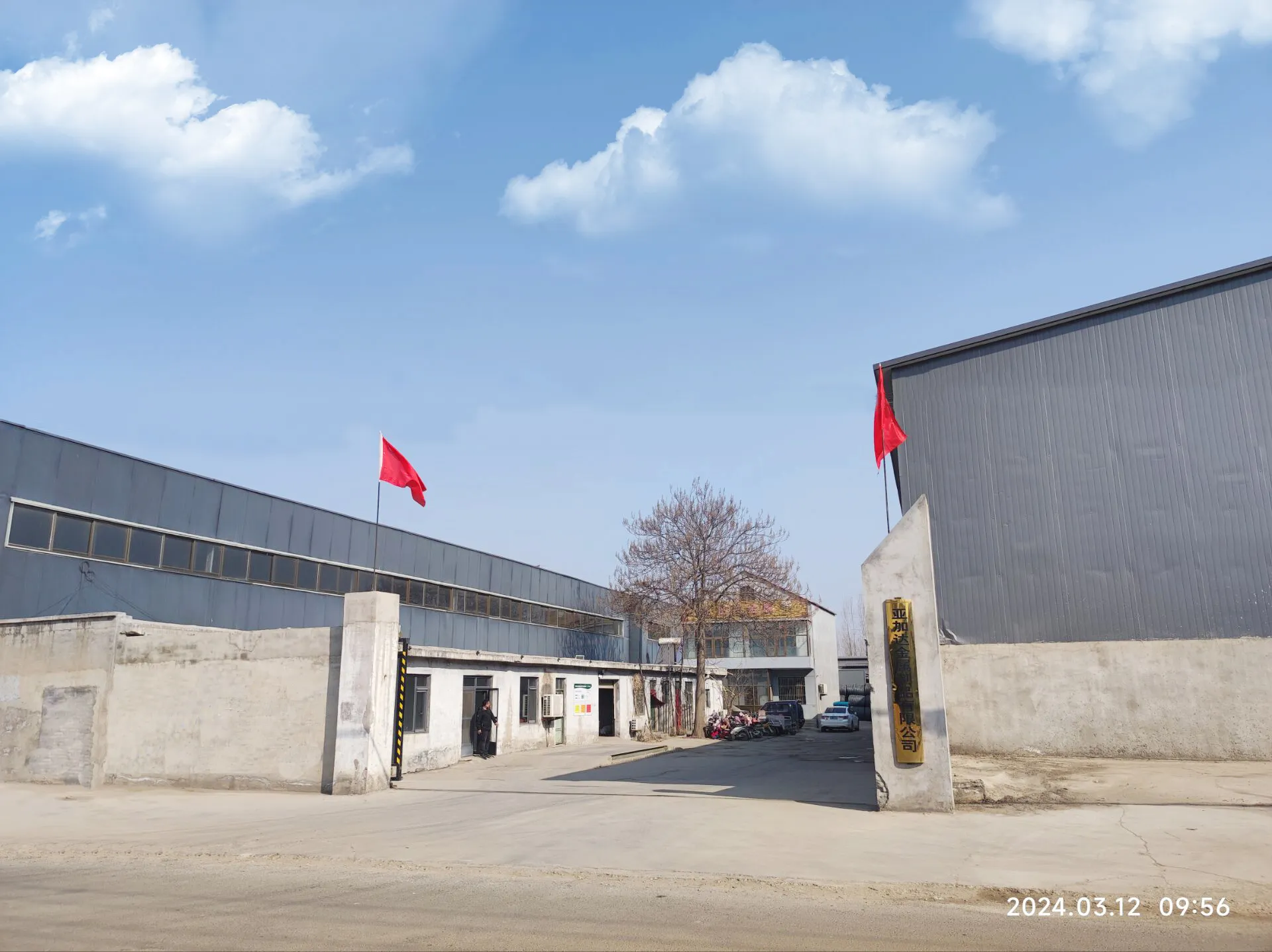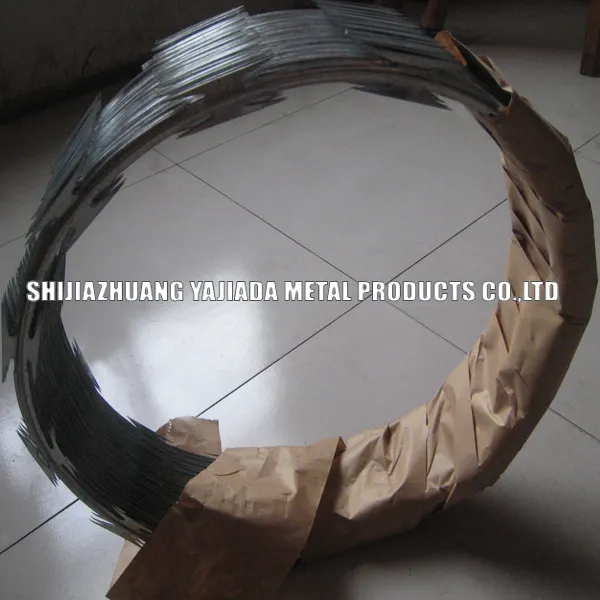

The wire is often available in a galvanized finish, which provides additional corrosion resistance, thereby extending the lifespan of its applications. For tasks requiring additional strength, plastic-coated variants are also available, offering protection against moisture and chemical exposure. Advantages of Using Binding Iron Wire Its primary benefit lies in its balance of flexibility and strength. This combination is essential for applications requiring tight wraps that do not break under stress. This durability is matched by its cost-effectiveness, offering a financial advantage to bulk purchasers in construction and agriculture alike. Environmental impact is minimized as binding iron wire can be recycled, adhering to sustainable practices in industrial applications. The metal is reusable, encouraging cycles of repurposing and reducing carbon footprints. In conclusion, binding iron wire's enduring presence across various sectors is a testament to its reliability. Professionals seeking efficient, cost-effective, and versatile binding solutions repeatedly turn to this stalwart material. With innovations in protective coatings and strength affordability, binding iron wire continues to be a key element in construction, agriculture, and creative industries. For those seeking trusted sources and quality assurance, opting for reputable suppliers who offer certifications of authenticity is recommended. Understanding the breadth of binding iron wire’s applications and specifications ensures informed decisions, tailored to meet specific project needs with precision and effectiveness.

















